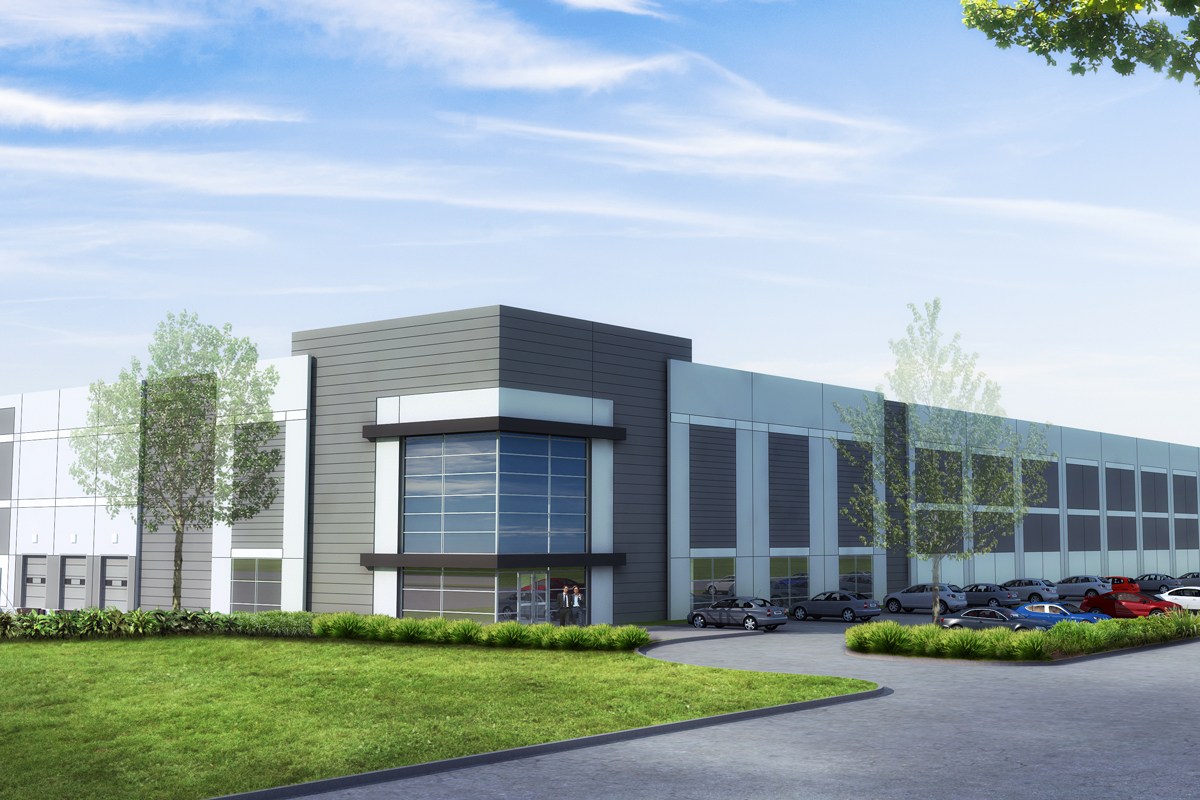The DFW industrial market is continuing to see unprecedented levels of construction activity, with a record 76.4 million square feet actively in the pipeline. With over 51 million square feet of leasing activity this year and dozens of large “big-box” users (200,000 – 1 million square feet +) eying DFW to consolidate, relocate or expand their presence, the landlords have had the upper hand in the market. Demand for space has been strong, and costs for land and new building construction have increased. All these factors have pushed rates higher. The question now looming in the minds of asset managers and developers is, “Will the demand stay strong enough that I can fill up my new building that is under construction?”

What is contributing to the fueling of all of this new construction? The explosion of e-commerce (accelerated thanks to Covid) is a primary contributor, followed by a rise in business inventories and elevated gas prices are expected to drive demand for an additional 850 million square feet over the next five years in the US.
Population growth projections indicate that by 2050, Dallas/Fort Worth could be home to 15 million people—double what it is today. Let’s look at history. Between 2000 and 2020, DFW’s population grew by 82.3 percent, which was three times faster than the average of the nation’s 50 largest metro areas. There is nothing to indicate that DFW’s growth won’t continue. Economists forecast that our Dallas/Fort Worth MSA population will reach 10 million by the 2030s. At this time, DFW is expected to displace Chicago as the nation’s third-largest metro behind New York and Los Angeles.
Another factor to consider when weighing the impact of onshoring or nearshoring (that is, a return to relocation of manufacturing industries from offshore to Mexico or the US) in North Texas is the water shortage prevalent in several Western states. Manufacturing companies requiring large amounts of water and power will need to look in other states for locations that have ample water. Texas is one of those states that offer ample water, electricity and gas, which is another reason for the increase in manufacturers locating to North Texas.
The adage “location, location, location” is now being replaced with “labor, labor, labor.” DFW continues to attract finance, construction, real estate development, distribution, medical, telecommunications and high-tech research and development companies. A diverse economy and labor pool are prevalent here, which continues to make our area a sought-after location for companies in manufacturing and distribution.
Another trend we see in DFW is the number of freezer/cooler tenants coming into our market to find space. More consumers have moved to purchase more groceries and food products online and less in retail stores, thus creating the need for more cold storage warehouses. Today’s consumers want their goods quickly, and what was once a 2–3-day delivery has now become one-day or same-day delivery. These facilities require a high capital investment, and many developers cannot justify making this investment unless they have the user willing to lease the building before construction starts.
The current overall warehouse vacancy rate is hovering at 5.4 percent but is expected to rise as more buildings get completed. Big-Box (200,000 – 1 square feet +) vacancy is 6.8 percent, while non-Big-Box is 4.9 percent, both of which are near their all-time lows.
With the rapid increases in the Fed Funds rate over the last two months, there is concern over the economy and talks of a recession. We remain optimistic, however, in the resiliency of DFW’s diverse economy and the rise to national prominence of DFW as a corporate distribution hub and center for corporate relocations.
Brad Balke is an associate vice president with Colliers Dallas-Fort Worth.






